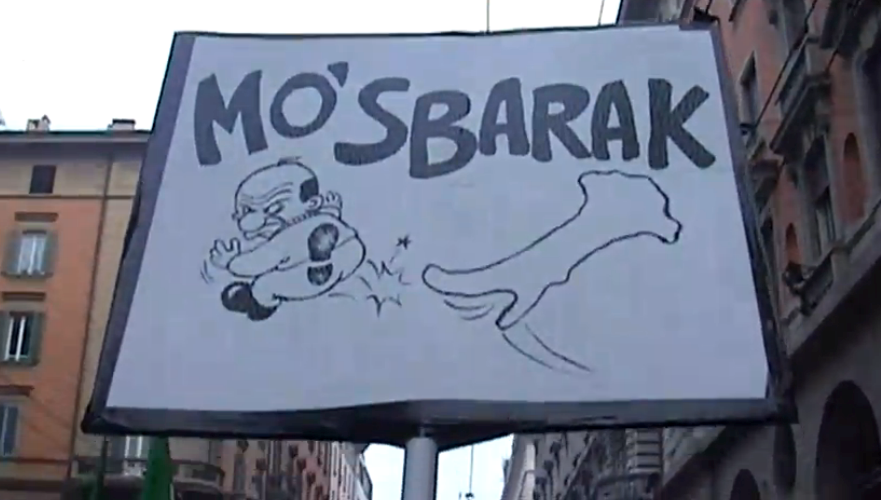Gil Scott-Heron's old-fashioned ghetto code
Gil Scott-Heron died yesterday at the age of 62 — a remarkable performer whose politically charged combination of music and poetry had an enormous influence on the development of hip-hop culture. One of my favorite spoken-word performances by Scott-Heron appeared on the 1978 compilation, The Mind of Gil Scott-Heron: " The Ghetto Code (Dot Dot Dit Dot Dot Dit Dot Dot Dash)." It's full of linguistic play, including an explanation of "old-fashioned ghetto code" used to mask phone conversations from snooping authorities.
The code involved infixation of "ee-iz" [i:ɪz] between the onset and nucleus of stressed syllables. So-called "[IZ]-infixation" would later become popular in rap music (particularly as used by Snoop Dogg), though OED editor at large Jesse Sheidlower has found examples back to a 1972 glossary on New York drug slang. There was also a predecessor in the talk of carnival workers (carnies), with the word carn(e)y represented in the code as kizarney. (See Joshua Viau's "Introducing English [IZ]-Infixation: Snoop Dogg and bey-[IZ]-ond" for some background.)
You can hear the whole performance on YouTube here. The relevant part starts at about 6:28:
Read the rest of this entry »


 My latest
My latest